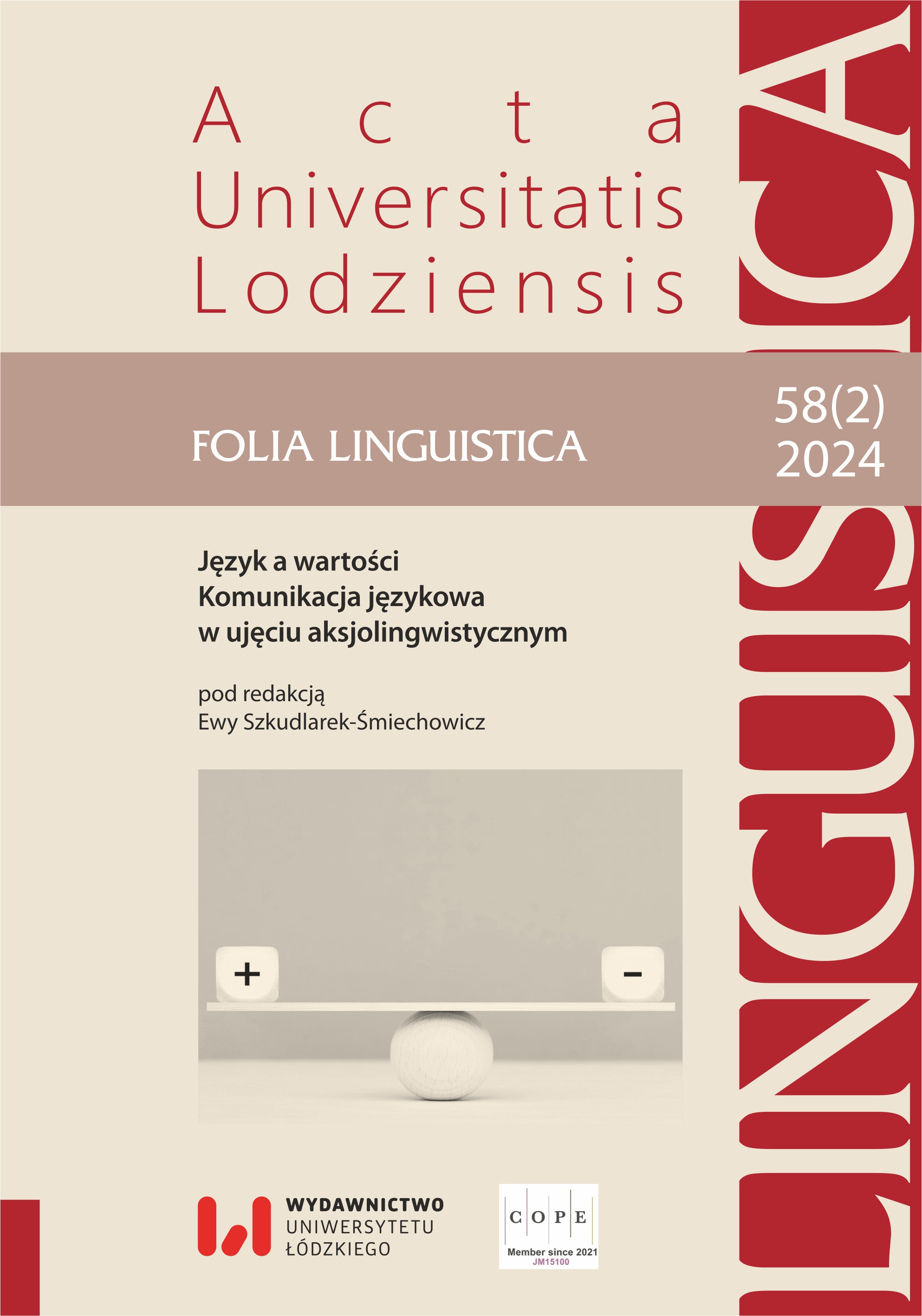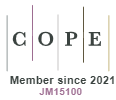The mechanism of the metadiscourse on the image of Łódź in the media
DOI:
https://doi.org/10.18778/0208-6077.58.2.23Keywords:
media discourse, public discourse, Łódź, media image of the world, metadiscourseAbstract
Many years of observation of the media discourse about Łódź allowed us to collect a corpus of journalistic texts concerning the discourse about Łódź, which are metadiscursive in nature. They describe the way of conducting discourse about the city in public space. The aim of this article is to present, based on the functional-pragmatic method, the mechanism of the creation and functioning of the metadiscourse about Łódź, which creates a network of interconnected media texts created under the influence of the so-called triggers (or provocateurs) of metadiscourse. It turns out that 34 media texts of a metadiscursive nature explicitly referred to four pre-texts (three journalistic articles and one statement by B. Linda), commenting on them and arguing with the theses contained in them. The authors wanted to set the framework for the discourse — it should be reliable, coherent and as close to reality as possible.
Downloads
References
Bunton D., 1999, The Use of Higher Level Metatext in Ph.D Theses, „English for Specific Purposes”, nr 18 (1), s. 41–56. https://doi.org/10.1016/S0889-4906(98)00022-2
Google Scholar
DOI: https://doi.org/10.1016/S0889-4906(98)00022-2
Crismore A., 1989, Talking with Readers: Metadiscourse as Rhetorical Act, New York: Peter Lang.
Google Scholar
Dijk T.A. van, 2001, Badania nad dyskursem, w: Dijk T.A. van (red.), Dyskurs jako struktura i proces, Warszawa: PWN, s. 9–44.
Google Scholar
Duszak A., 1998, Tekst, dyskurs, komunikacja międzykulturowa, Warszawa: PWN.
Google Scholar
Fraser B., 1999, What are Discourse Markers?, „Journal of Pragmatics”, nr 31 (7), s. 931–952. https://doi.org/10.1016/S0378-2166(98)00101-5
Google Scholar
DOI: https://doi.org/10.1016/S0378-2166(98)00101-5
Gajda S., 2010, Intertekstualność a współczesna lingwistyka, w: J. Mazur, A. Małyska, K. Sobstyl (red.), Intertekstualność we współczesnej komunikacji językowej, Lublin: Wydawnictwo UMCS, s. 13–23.
Google Scholar
Gaze M., 2019, Dyskursywny obraz Łodzi w mediach, Łódź: Wydawnictwo Uniwersytetu Łódzkiego.
Google Scholar
DOI: https://doi.org/10.18778/8142-581-0
Harris Z., 1959, Computable syntactic analysis, „Transformations and Discourse Analysis Papers”, t. 15, s. 253–277.
Google Scholar
Hyland K., 2017, Metadiscourse: what is it and where is it going?, „Journal of Pragmatics”, t. 113, s. 16–29. https://doi.org/10.1016/j.pragma.2017.03.007
Google Scholar
DOI: https://doi.org/10.1016/j.pragma.2017.03.007
Markiewicz H., 1989, Odmiany intertekstualności, w: H. Markiewicz, Literaturoznawstwo i jego sąsiedztwa, Warszawa: PWN, s. 198–228.
Google Scholar
Mrozowski M., 2001, Media masowe. Władza, rozrywka i biznes, Warszawa: Oficyna Wydawnicza Aspra.
Google Scholar
Nowicka M., 2013, Dyskurs o dyskursie, czyli o mowie wrogości przy pomocy mowy wrogości, w: X. Bukowska i B. Markowska (red.), To oni są wszystkiemu winni... Język wrogości w polskim dyskursie, Warszawa: Wydawnictwo TRIO, s. 122–129.
Google Scholar
Sanders T., Land J., Mulder G., 2007, Linguistic Markers of Coherence Improve Text Comprehension in Functional Contexts, „Information Design Journal”, nr 15 (3), s. 219–235. https://doi.org/10.1075/idj.15.3.04san
Google Scholar
DOI: https://doi.org/10.1075/idj.15.3.04san
Downloads
Published
How to Cite
Issue
Section
License

This work is licensed under a Creative Commons Attribution-NonCommercial-NoDerivatives 4.0 International License.










